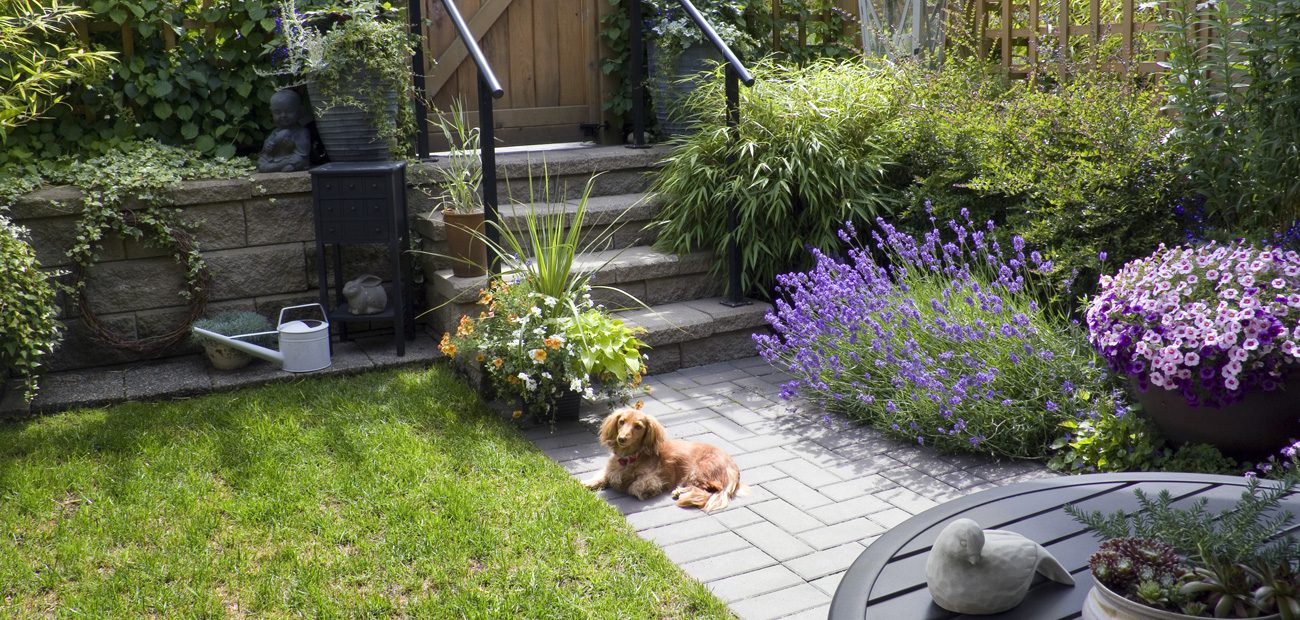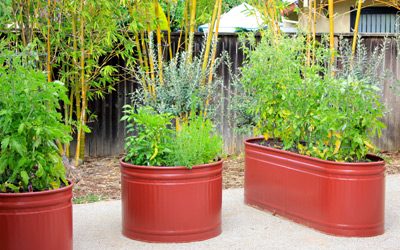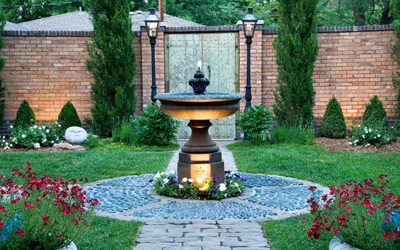https://www.facebook.com/Diddy/videos/1254307978057388/UzpfSTc3Mzc3NjY1MjY0MzM5OToyMzU2MTgwOTg0NDAyOTUw/?eid=ARDxZ1dVSBpFVAFk27LO_9N90Kt0pnI6TZzj8JhDn2DPzwAUtE7-wF-ww-NIHJ7Nw3C0kMOdX6zo7ukT
 Inner Circle members: Share a personalized version of this article from the members area.
Inner Circle members: Share a personalized version of this article from the members area.Listed here are 184 typical actions, research steps, procedures, processes and review stages in a successful residential real estate transaction that are normally provided by full service real estate brokerages in return for their sales commission. Depending on the transaction, some may take minutes, hours, or even days to complete, while some may not be needed.
More importantly, they reflect the level of skill, knowledge and attention to detail required in today’s real estate transaction, underscoring the importance of having help and guidance from someone who fully understands the process – a REALTOR®.
Pre-Listing Activities
- Make appointment with seller for listing presentation
- Send seller a written or e-mail confirmation of listing appointment and call to confirm
- Review pre-appointment questions
- Research all comparable currently listed properties
- Research sales activity for past 18 months from MLS and public records databases
- Research “Average Days on Market” for this property of this type, price range and location
- Download and review property tax roll information
- Prepare “Comparable Market Analysis” (CMA) to establish fair market value
- Obtain copy of subdivision plat/complex lay-out
- Research property’s ownership & deed type
- Research property’s public record information for lot size & dimensions
- Research and verify legal description
- Research property’s land use coding and deed restrictions
- Research property’s current use and zoning
- Verify legal names of owner(s) in county’s public property records
- Prepare listing presentation package with above materials
- Perform exterior “Curb Appeal Assessment” of subject property
- Compile and assemble formal file on property
- Confirm current public schools and explain impact of schools on market value
- Review listing appointment checklist to ensure all steps and actions have been completed
Listing Appointment Presentation
- Give seller an overview of current market conditions and projections
- Review agent’s and company’s credentials and accomplishments in the market
- Present company’s profile and position or “niche” in the marketplace
- Present CMA Results To Seller, including Comparables, Solds, Current Listings & Expireds
- Offer pricing strategy based on professional judgment and interpretation of current market conditions
- Discuss Goals With Seller To Market Effectively
- Explain market power and benefits of Multiple Listing Service
- Explain market power of web marketing, IDX and REALTOR.com
- Explain the work the brokerage and agent do “behind the scenes” and agent’s availability on weekends
- Explain agent’s role in taking calls to screen for qualified buyers and protect seller from curiosity seekers
- Present and discuss strategic master marketing plan
- Explain different agency relationships and determine seller’s preference
- Review and explain all clauses in Listing Contract & Addendum and obtain seller’s signature Once Property is Under Listing Agreement
- Review current title information
- Measure overall and heated square footage
- Measure interior room sizes
- Confirm lot size via owner’s copy of certified survey, if available
- Note any and all unrecorded property lines, agreements, easements
- Obtain house plans, if applicable and available
- Review house plans and make copy
- Order plat map for retention in property’s listing file
- Prepare showing instructions for buyers’ agents and agree on showing time window with seller
- Obtain current mortgage loan(s) information: companies and & loan account numbers
- Verify current loan information with lender(s)
- Check assumability of loan(s) and any special requirements
- Discuss possible buyer financing alternatives and options with seller
- Review current appraisal if available
- Identify Home Owner Association manager if applicable
- Verify Home Owner Association Fees with manager – mandatory or optional and current annual fee
- Order copy of Homeowner Association bylaws, if applicable
- Research electricity availability and supplier’s name and phone number
- Calculate average utility usage from last 12 months of bills
- Research and verify city sewer/septic tank system
- Water System: Calculate average water fees or rates from last 12 months of bills )
- Well Water: Confirm well status, depth and output from Well Report
- Natural Gas: Research/verify availability and supplier’s name and phone number
- Verify security system, current term of service and whether owned or leased
- Verify if seller has transferable Termite Bond
- Ascertain need for lead-based paint disclosure
- Prepare detailed list of property amenities and assess market impact
- Prepare detailed list of property’s “Inclusions & Conveyances with Sale”
- Compile list of completed repairs and maintenance items
- Send “Vacancy Checklist” to seller if property is vacant
- Explain benefits of Home Owner Warranty to seller
- Assist sellers with completion and submission of Home Owner Warranty Application
- When received, place Home Owner Warranty in property file for conveyance at time of sale
- Have extra key made for lockbox
- Verify if property has rental units involved. And if so:
- * Make copies of all leases for retention in listing file
- * Verify all rents & deposits
- * Inform tenants of listing and discuss how showings will be handled
- Arrange for installation of yard sign
- Assist seller with completion of Seller’s Disclosure form
- “New Listing Checklist” Completed
- Review results of Curb Appeal Assessment with seller and provide suggestions to improve salability
- Review results of Interior Décor Assessment and suggest changes to shorten time on market
- Load listing into transaction management software program
Entering Property in Multiple Listing Service Database
- Prepare MLS Profile Sheet — Agents is responsible for “quality control” and accuracy of listing data
- Enter property data from Profile Sheet into MLS Listing Database
- Proofread MLS database listing for accuracy – including proper placement in mapping function
- Add property to company’s Active Listings list
- Provide seller with signed copies of Listing Agreement and MLS Profile Sheet Data Form within 48 hours
- Take additional photos for upload into MLS and use in flyers. Discuss efficacy of panoramic photography
Marketing The Listing
- Create print and Internet ads with seller’s input
- Coordinate showings with owners, tenants, and other Realtors®. Return all calls – weekends included
- Install electronic lock box if authorized by owner. Program with agreed-upon showing time windows
- Prepare mailing and contact list
- Generate mail-merge letters to contact list
- Order “Just Listed” labels & reports
- Prepare flyers & feedback faxes
- Review comparable MLS listings regularly to ensure property remains competitive in price, terms, conditions and availability
- Prepare property marketing brochure for seller’s review
- Arrange for printing or copying of supply of marketing brochures or fliers
- Place marketing brochures in all company agent mail boxes
- Upload listing to company and agent Internet site, if applicable
- Mail Out “Just Listed” notice to all neighborhood residents
- Advise Network Referral Program of listing
- Provide marketing data to buyers coming through international relocation networks
- Provide marketing data to buyers coming from referral network
- Provide “Special Feature” cards for marketing, if applicable
- Submit ads to company’s participating Internet real estate sites
- Price changes conveyed promptly to all Internet groups
- Reprint/supply brochures promptly as needed
- Loan information reviewed and updated in MLS as required
- Feedback e-mails/faxes sent to buyers’ agents after showings
- Review weekly Market Study
- Discuss feedback from showing agents with seller to determine if changes will accelerate the sale
- Place regular weekly update calls to seller to discuss marketing & pricing
- Promptly enter price changes in MLS listing database
The Offer and Contract
- Receive and review all Offer to Purchase contracts submitted by buyers or buyers’ agents.
- Evaluate offer(s) and prepare a “net sheet” on each for the owner for comparison purposes
- Counsel seller on offers. Explain merits and weakness of each component of each offer
- Contact buyers’ agents to review buyer’s qualifications and discuss offer
- Fax/deliver Seller’s Disclosure to buyer’s agent or buyer upon request and prior to offer if possible
- Confirm buyer is pre-qualified by calling Loan Officer
- Obtain pre-qualification letter on buyer from Loan Officer
- Negotiate all offers on seller’s behalf, setting time limit for loan approval and closing date
- Prepare and convey any counteroffers, acceptance or amendments to buyer’s agent
- Fax copies of contract and all addendums to closing attorney or title company
- When Offer to Purchase Contract is accepted and signed by seller, deliver to buyer’s agent
- Record and promptly deposit buyer’s earnest money in escrow account.
- Disseminate “Under-Contract Showing Restrictions” as seller requests
- Deliver copies of fully signed Offer to Purchase contract to seller
- Fax/deliver copies of Offer to Purchase contract to Selling Agent
- Fax copies of Offer to Purchase contract to lender
- Provide copies of signed Offer to Purchase contract for office file
- Advise seller in handling additional offers to purchase submitted between contract and closing
- Change status in MLS to “Sale Pending”
- Update transaction management program show “Sale Pending”
- Review buyer’s credit report results — Advise seller of worst and best case scenarios
- Provide credit report information to seller if property will be seller-financed
- Assist buyer with obtaining financing, if applicable and follow-up as necessary
- Coordinate with lender on Discount Points being locked in with dates
- Deliver unrecorded property information to buyer
- Order septic system inspection, if applicable
- Receive and review septic system report and assess any possible impact on sale
- Deliver copy of septic system inspection report lender & buyer
- Deliver Well Flow Test Report copies to lender & buyer and property listing file
- Verify termite inspection ordered
- Verify mold inspection ordered, if required
Tracking the Loan Process
- Confirm Verifications Of Deposit & Buyer’s Employment Have Been Returned
- Follow Loan Processing Through To The Underwriter
- Add lender and other vendors to your management program so agents, buyer and seller can track progress of sale
- Contact lender weekly to ensure processing is on track
- Relay final approval of buyer’s loan application to seller
Home Inspection
- Coordinate buyer’s professional home inspection with seller
- Review home inspector’s report
- Enter completion into transaction management tracking software program
- Explain seller’s responsibilities with respect to loan limits and interpret any clauses in the contract
- Ensure seller’s compliance with Home Inspection Clause requirements
- Recommend or assist seller with identifying and negotiating with trustworthy contractors to perform any required repairs
- Negotiate payment and oversee completion of all required repairs on seller’s behalf, if needed
The Appraisal
- Schedule Appraisal
- Provide comparable sales used in market pricing to Appraiser
- Follow-Up On Appraisal
- Enter completion into transaction management program
- Assist seller in questioning appraisal report if it seems too low
Closing Preparations and Duties
- Contract Is Signed By All Parties
- Coordinate closing process with buyer’s agent and lender
- Update closing forms & files
- Ensure all parties have all forms and information needed to close the sale
- Select location where closing will be held
- Confirm closing date and time and notify all parties
- Assist in solving any title problems (boundary disputes, easements, etc) or in obtaining Death Certificates
- Work with buyer’s agent in scheduling and conducting buyer’s Final Walk-Thru prior to closing
- Research all tax, HOA, utility and other applicable prorations
- Request final closing figures from closing agent (attorney or title company)
- Receive & carefully review closing figures to ensure accuracy of preparation
- Forward verified closing figures to buyer’s agent
- Request copy of closing documents from closing agent
- Confirm buyer and buyer’s agent have received title insurance commitment
- Provide “Home Owners Warranty” for availability at closing
- Reviews all closing documents carefully for errors
- Forward closing documents to absentee seller as requested
- Review documents with closing agent (attorney)
- Provide earnest money deposit check from escrow account to closing agent
- Coordinate this closing with seller’s next purchase and resolve any timing problems
- Have a “no surprises” closing so that seller receives a net proceeds check at closing
- Refer sellers to one of the best agents at their destination, if applicable
- Change MLS status to Sold. Enter sale date, price, selling broker and agent’s ID numbers, etc.
- Close out listing in your management program
Follow Up After Closing
- Answer questions about filing claims with Home Owner Warranty company if requested
- Attempt to clarify and resolve any conflicts about repairs if buyer is not satisfied
- Respond to any follow-on calls and provide any additional information required from office files.
























